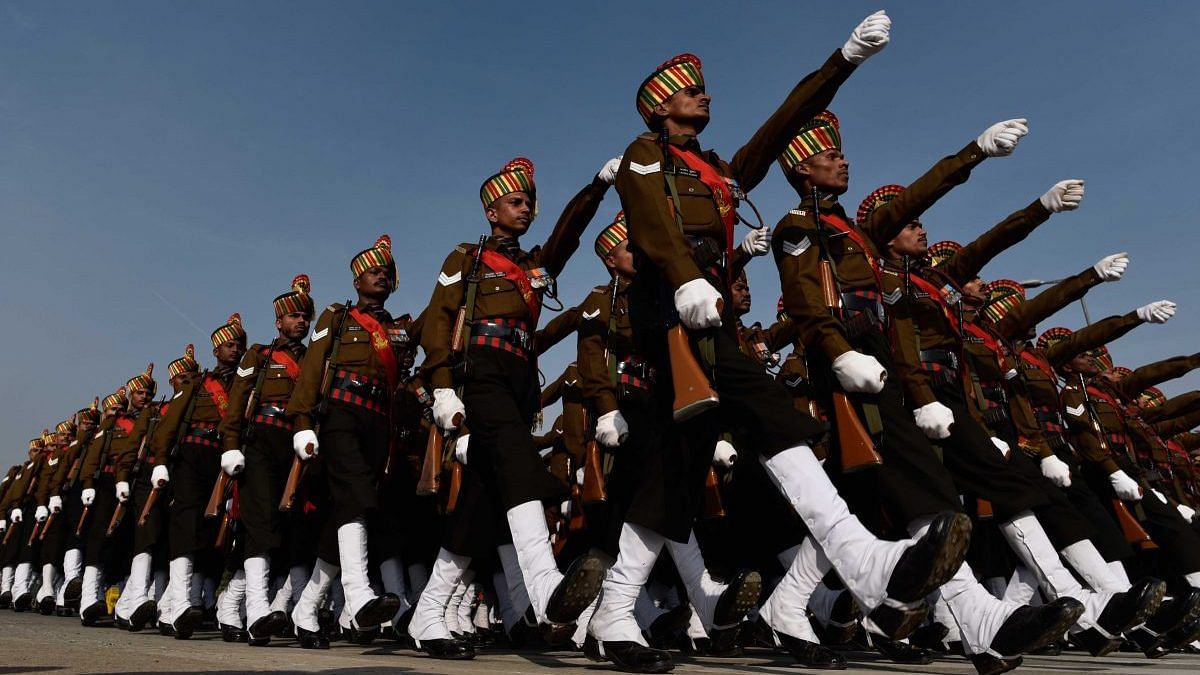

The men, it was officially claimed, fought for their izzat in his introduction to the letters of the Indian soldiers, David Omissi has observed that “Indian soldiers fought, above all, to gain or preserve izzat-their honour, standing, reputation or prestige,” a notion he goes on to develop in greater complexity elsewhere. Why did they enlist for a foreign war? The question has provoked much debate. These men were mostly “peasant-warriors” belonging to tribes designated as the “martial races” as mentioned in the introduction. Of the 282,170 combatants recruited from Punjab from 1915 until 1918, some 156,300 were Muslims, some 63,900 were Hindus, and 61,970 were Sikhs, though the last religious group-the Sikhs-comprised only 12% of the population. The total number of men to have served from Punjab, including the British districts and the Indian states, by the end of the war was 480,000, including 410,000 combatants and 70,000 non-combatants. Of the 27,522 new recruits enlisted in India between August and Dec. In 1914, India had one of the largest voluntary armies in the world. Mixed Motives: Livelihood, Tradition and Incentives As Mark Condos has recently argued, the “garrison state” was also the “insecurity state” par excellence, bristling with anxiety, almost bordering on panic, about its “warlike” inhabitants. However, the conventional idea of Punjab as the “exceptional” colonial state-prosperous, loyal and unified-has increasingly come under pressure. In August 1914, Punjab (including the British districts and princely states) had 100,000 men in its armies, including 87,000 combatants and 13,000 non-combatants by the end of the war, Punjab had contributed one-third of all the Indian recruits and over 40% of the total number of Indian combatants mobilised. The province soon evolved into the recruiting ground for soldiers and policemen for the empire.

The painting fuses the two wars as both depleted Punjab of its young men. The immediate trigger of the painting was the Second World War, but it was based on Mago’s childhood memories of soldiers taking leave at the Gujar Khan railway platform for the front during the 1914-1918 war. The emollient contours and the flowing clothes of the civilian figures contrast with the Western military uniform and rigid gestures of the soldiers, while the three distant figures on a bridge amidst the billowing smoke of the train take the painting to a different place, different time-the world of no-return. The painting, by the Punjabi artist Pran Nath Mago, is titled Farewell and was painted in 1945. White, the colour of mourning, visually unites the grieving parents and spills over through the world of fabric to a similar scene on the right-hand corner with two distraught women, suggesting a wider female community of mourning, before the white is carried over to the waiting train-the cause of the sorrow, the harbinger of death. Emotion is suggested through gesture and colour rather than through the art of close-up. The elderly father looks on as the mother wipes away her tears with her chunni (scarf ). A son touches the feet of his mother as we see soldiers embark on the train to the front.


 0 kommentar(er)
0 kommentar(er)
